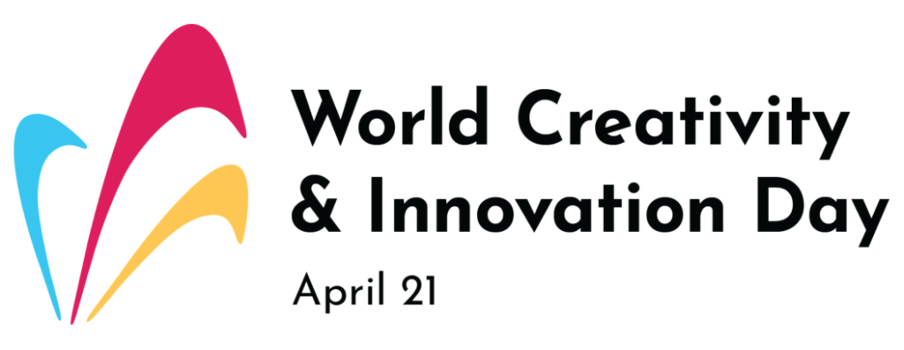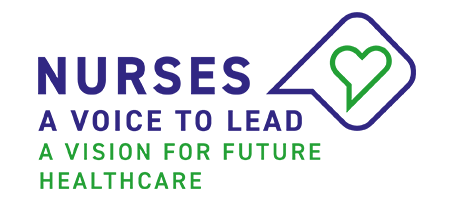Harnessing expertise to produce innovative solutions during the 2020 COVID-19 pandemic
World Creativity and Innovation Day, 21 April, raises the awareness of the role of creativity and innovation in all aspects of human development. In honour of that day, ICN brings you a story of innovative solutions to challenges faced by frontline COVID-19 healthcare workers.
Gillian Fahy is an experienced cardiac and infection control nurse, but when the pandemic arose, she was on a career break working on a nursing innovation that she had devised. Before the first case arrived in Ireland, she worked with a global medical supplies group to look at areas where there were predicted to be shortages, including of personal protective equipment (PPE) and ventilators.
With Dr Roisin Lyons, she set up Open Source Volunteers Extended (OSVX), a community of volunteers throughout Ireland who would give their time freely to design open-source solutions to challenges faced by front-line staff during the COVID-19 pandemic.
The concept of ‘open source’ comes from a way of designing computer software that encourages people to modify and share products for the common good. According to Opensource.com, as opposed to being proprietary, open source projects, products or initiatives “embrace and celebrate principles of open exchange, collaborative participation, rapid prototyping, transparency, meritocracy and community-oriented development.”
The ethos of OSVX centres on transparency, collaboration and respect, encouraging people to design solutions to problems, and urging others to test and modify them to refine the end product.
Early in the pandemic, hospitals and care homes were experiencing shortages of PPE, but it was clear that Ireland had enough supplies of it, it was just not in the right place. OSVX assembled a large community of motorcyclists, hundreds of whom delivered PPE wherever it was needed on the island of Ireland.
‘The original OSV group was working on the design of a field ventilator, but I realised we had to break the chain of infection before patients would need to be ventilated, otherwise we simply would not cope because nurses would get sick and not be able to look after the ventilated patients.
‘With my background in infection control, innovation and clinical trials, I put together a brief covering 45 areas where we could enhance our ability to break the chain of infection, rather than looking at ventilators, which is the last resort. We had 1,500 volunteers, mainly engineers, but also artists, nurses, medics, and they all joined forces.’
Ms Fahy’s group has been working on at least 30 projects, one of which is a digital weight log smartphone App, which enables patients with heart failure to monitor their fluid balance by the simple means of daily weight measurement. The App means patients will be properly monitored without necessarily needing face-to-face interactions with their specialist nurses., Developed in conjunction with the Irish Heart Foundation, the App monitors any weight gain over the previous seven days and, if the patient has gained more than two kilograms, it informs the patient that they need to contact their doctor about it because it could indicate they are in heart failure. Everything was done with OSVX volunteers with zero finance, which was a huge achievement.’
Ms Fahy scoured information from countries that were ahead of Ireland in terms of the pandemic to source ideas that would improve its response to COVID-19.
‘It was a combination of basic infection prevention and control measures, and talking to other nurses in Ireland and the US, and finding out what was working in China and Italy. I put a brief together for many of the projects, including the rationale for it and what we needed to achieve in terms of outcomes. Then other people joined in through social media contact – they joined organically from all around the world. We achieved so much is such little time. We realised early on that this was an airborne infection and we recommended wearing masks, long before governments did.
‘Every project was based on clinical needs that were identified by nurses, but unfortunately, they weren’t taken up by the decision makers – an early contact tracing App that could have been used in hospitals was not adopted, for example. That was disappointing, but there is lots to be celebrated.
‘We collaborated with Mary Murphy of Masks for All Ireland and had nearly 1,500 people sewing masks since early March. She is an aeronautical engineer and she’s also a bespoke lingerie designer, so she put all her skills together to make a really good face mask. When there were no disposable masks in the whole of Ireland, she got her community to make these masks all to the same exacting standards with a double layer plus a filter, full coverage and the best fit possible. And this was months before the World Health Organization even said masks were necessary. The material for the masks was all donated and the masks went out to all the vulnerable communities, including nursing homes, anyone in healthcare, you name it. That was our first all-Ireland approach – an amazing achievement.
‘OSVX robbed from the rich to give to the poor. Emails were sent out to all the different industries that would normally use PPE and it was donated, collected and disseminated by the bikers.
‘Every project had a high and low resource version, so countries where it was not possible to print in colour, for example, would be able to print a low resolution black and white version.
‘Many people who were out of work benefited hugely from taking part as the project as volunteers. And many lives have been saved by the masks and with the heart failure App. What we did made a huge difference.
‘What we have learned is that it is possible to access huge amounts of expertise if you harness the systems people use, including social media – it’s a great way to reach out and receive support. But it is not easy to get the support and cooperation you need from government – I wish they had been more open to us. Everything we did was done with good science and proper processes. The testing we did may have shaped the advice that visors are not safe on their own [without masks] but we had the proof months before official advice backed up what we found.”


